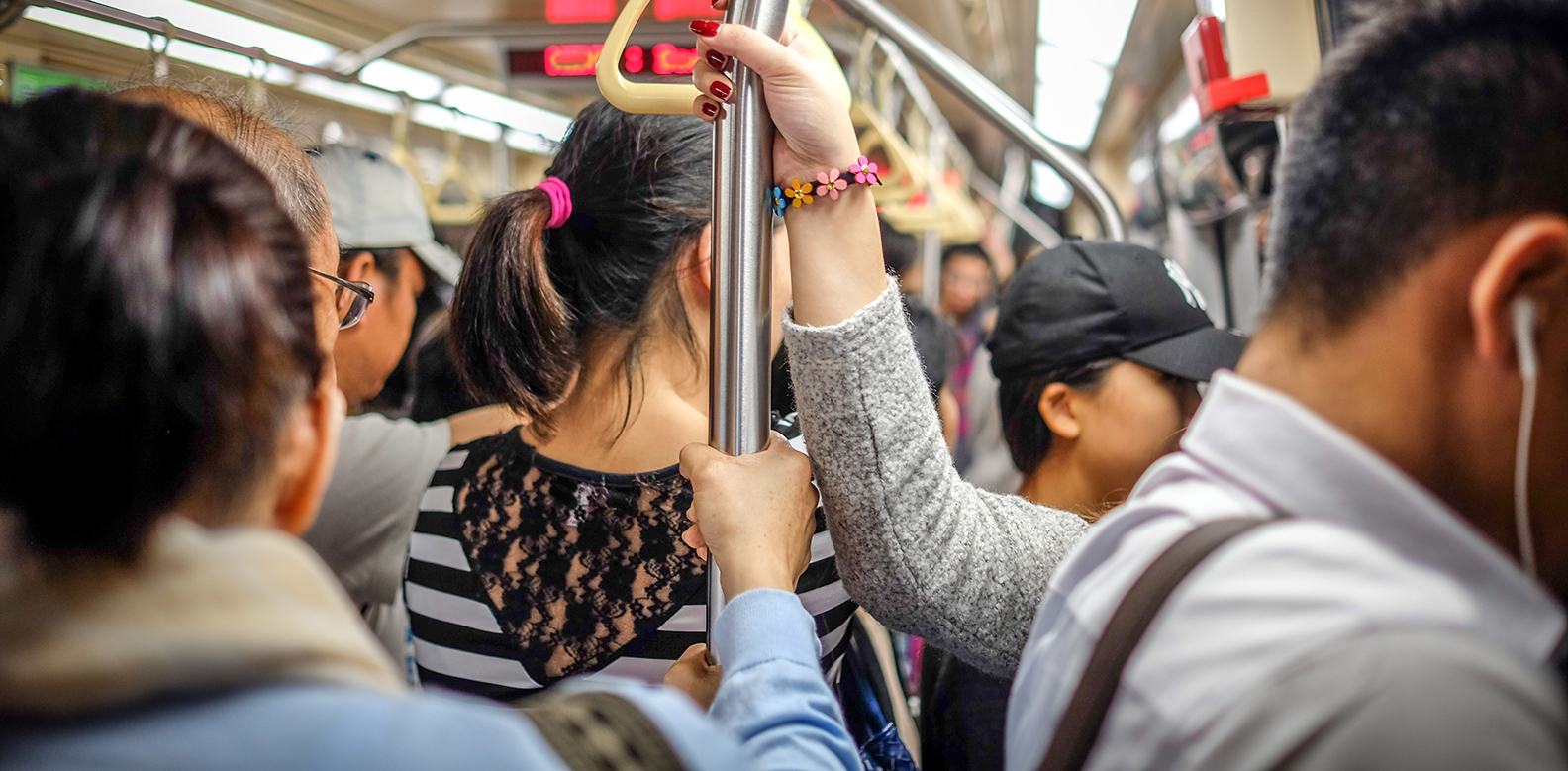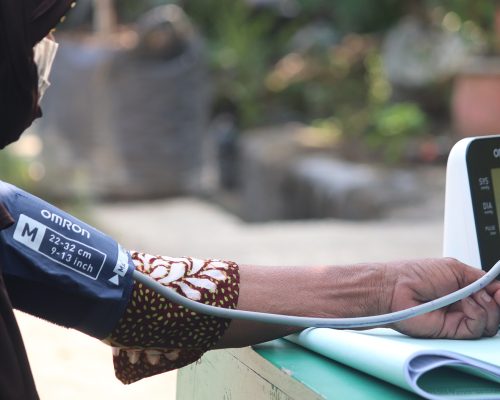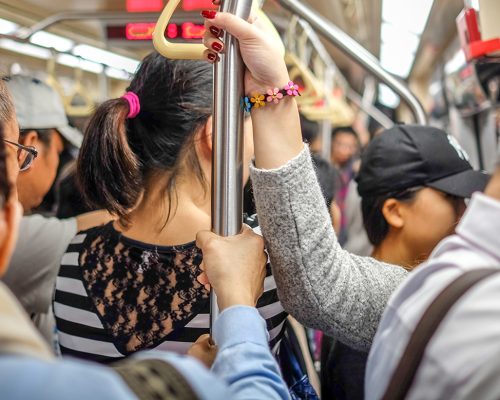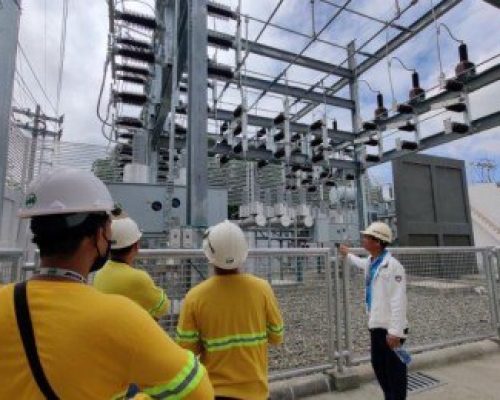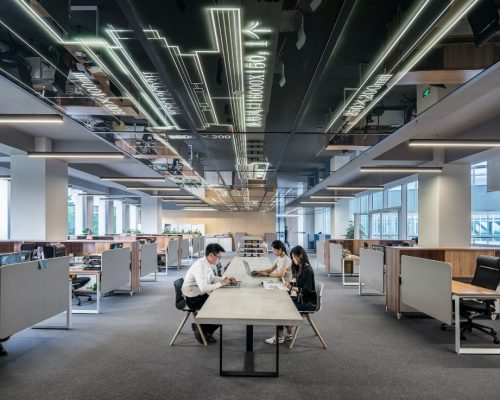Commuting refers to the regular travel undertaken by individuals from their place of residence to their workplace or vice versa. It is a common aspect of modern-day life, particularly in urban areas where individuals often live in one location and work in another. Commuting can take various forms, including driving a personal vehicle, using public transportation such as buses or trains, or even walking or cycling for shorter distances.
Commuting has both positive and negative implications. On the positive side, it allows individuals to access employment opportunities that may be located far from their homes. It also contributes to economic growth by connecting workers to job markets and facilitating the flow of goods and services. Additionally, commuting can provide individuals with valuable time to relax, listen to music, or catch up on reading, making the journey more enjoyable. On the negative side, commuting often involves spending significant amounts of time in traffic or crowded public transportation, leading to stress and reduced productivity. It can also contribute to environmental issues, such as air pollution and increased carbon emissions, as well as physical and mental health concerns due to sedentary behavior and exposure to noise and pollution.
Commuting in the Philippines… the hardest part
Commuting in the Philippines can be a challenging experience due to a variety of factors. One of the major issues is the sheer volume of people using public transportation systems. The country’s population of over 100 million people means that buses, trains, and jeepneys are often overcrowded, making it difficult to find a seat or even stand comfortably during a journey. This overcrowding can lead to longer travel times and increased stress for commuters.
Another factor that contributes to the difficulty of commuting in the Philippines is the inadequate infrastructure and transportation systems. While major cities like Manila have established public transportation networks, they are often unable to cope with the growing demands of the population. This results in frequent breakdowns, delays, and disruptions in services. Additionally, the lack of proper maintenance and repair of vehicles and roads can further worsen the commuting experience, making it even more challenging and frustrating for commuters.
Also, the lack of proper traffic management and enforcement of traffic rules in the Philippines adds to the difficulties of commuting. Traffic congestion is a common occurrence, especially during peak hours, as many road users disregard traffic regulations, leading to chaotic road conditions. This not only increases travel times but also poses safety hazards for commuters. The absence of dedicated lanes for public transportation vehicles also contributes to the inefficiency and delays in commuting, further exacerbating the challenges faced by commuters in the country.
According to a recent study conducted by Capstone-Intel on commuting patterns, there was a notable reaction within the audience towards a post shared by a news agency. The news piece featured a graduate student who chose to commute by plane instead of renting accommodation, a decision prompted by the significant distance between their educational program and their residence. The post garnered amusement and laughter from many individuals, as they found the situation to be amusing.

